In Business, Official Blog
What is GST?
Goods and Services Tax is the new unified, multi-stage and consumption based tax levied on manufacture, sale, and consumption of Goods and Services at the national level to replace all the existing national and state tax systems like VAT, Service Tax, Excise Duty, etc. It is expected to remove the cascading effect of tax-on-tax which is prevalent presently. It is applicable to you if you are into Manufacturing, Trade, E-commerce or Services.
GST Software: GST software serves as a backbone of the GST operations in organizations. GST is a well-organized version of the indirect taxes on goods and services by the central as well as state governments in India.
The GST solution is easy-to-use accounting and invoicing systems that aim to cater to the specific needs of various business organizations for tracking GST.
Through the use of effective GST accounting software, the businesses can easily manage their accounts, inventory, finances, purchase, sales, taxation, payroll and various processes in an efficient manner.
What is GST Compliance Rating?
GST Compliance Rating is a numerical rating given to businesses depending on their level of compliance with Goods & Services Tax rules.
Refund claims under the GST regime will also be processed on the merit basis, i.e on the GST compliance rating of the registered taxpayer.
It is expected that certain slab rates will be maintained for various taxpayers falling under various bandwidths of compliance rating and the refunds will be
How to Enroll for GST?
You can enroll for GST via the common portal of Goods & Services Tax. SmartGST can also help you with your enrollment. For more details click here.
Can I have multiple Registrations?
Yes. A person with multiple business verticals in a state may obtain a separate registration for each business vertical (in each state).
made in terms of percentage amount based on the individual rating of the taxpayer. Higher compliance ratings will make the refunds process easy
What are the Benefits of Goods & Services Tax?
- Cascading tax effect (meaning tax on tax) will no longer exist
- Input Tax Credit will be easier to avail
- Returns and compliances will be consolidated
- Increased efficiency in Logistics
- Subsumes variety of Indirect Taxes
- Higher threshold for Registration
- Composition scheme for smaller businesses
- Online simpler procedure
- Regulating the unorganized sector
What is Composition Scheme?
Small businesses and taxpayers having a turnover less than Rs. 75 lakhs can opt for Composition scheme where they will be taxed at a nominal rate of 0.5% or 1% (for manufacturers) CGST and SGST each (rates as per the latest proposed changes in the Goods and Services Tax bills).
Composition lazy is available to only small businesses dealing in goods. It is not available to interstate sellers, e-commerce traders, and er for businesses. Is Input Tax Credit Available under Goods and Services Tax?
Input credit means at the time of paying tax on output, you can reduce the tax you have already paid on inputs.
One of the fundamental features of Goods & Services Tax is the seamless flow of input credit across the chain from the manufacture of goods until it is consumed and across the country.
Which all taxes will GST replace?
It will replace all the taxes currently levied and collected by the Centre and by the State, on businesses.
How many Returns are required to be filed under GST?
A business in most cases will be required to furnish 3 returns monthly and 1 annual return. That means any business will require filing 37 returns in a financial year.
However, there are separate returns for a taxpayer registered under the composition scheme, taxpayer registered as an Input Service Distributor, a person liable to deduct or collect the tax.
Is SmartGST a comprehensive GST software?
SmartGST with its powerful billing, vendor data mismatch reconciliation mechanism, validation engines and return filing process serves as a single platform for all GST compliance.
You can create 100% GST complaint bills or bulk import sales and purchase data from your accounting software such as Tally in excel format.
It data validation engine ensures that you are notified when your data looks not in line with set rules, reducing chances of errors.
You can also collaborate with your accountant and other colleagues in real time.
Are there any pre-system requirements to use SmartGST Software?
The software is hosted in the cloud and accessible from anywhere at any time. You need to just sign up using your email Id, and choose the type of plan you want to subscribe to. As soon as your subscription is activated you will be able to get started.
You just need the internet connection. Also, the software works both online and offline. If you work offline, the data will automatically sync as you get connected to the internet once again..
How does SmartGST ensure data security?
Data security is the top priority at SmartGST as a tax company. We have taken all industry safety measures to make sure, that your data remains safe both while in transit as well as when at our platforms:
SmartGST encrypts sensitive data using industry-leading methods. Even when data is transmitted over public networks, we make sure that it flows in the encrypted form
We use standard, well-reviewed cryptographic protocols and message formats (such as SSL and PGP) when transferring data.
We ensure that cryptographic keys are at least 128 bits long (AES). Asymmetric keys must be at least 2048 bits long (RSA).
We also install security updates and patches on our servers and equipment on a regular basis. The Security settings of applications and devices are tuned to ensure appropriate levels of protection as well.
My data is stored in the tally. How can I import my data?
If you are using any version of tally(licensed or cracked) you can continue using Tally for your accounting needs whereas, for GST compliance such as uploading invoices to GST, filing returns etc, you can use SmartGST.
You can import the data into two routes:
Manual: Export all your sales data and purchase data into excel files from the tally. Go to GST returns filing feature of SmartGST and click on import. Browse your excel file and import all the data into SmartGST.
Automatic 2-way data integration using connectors: Very soon we will offer API enabled integration between all versions of Tally and SmartGST software.
You need to just download the API Utility. Once implemented, it will be reflected in Utilities as SmartGST integration.
The connectors will allow 2-way data integration between Tally and SmartGST software, i.e you will be able to push data to SmartGST platform from Tally at a click and import the data back to Tally from SmartGST platform.
I want to use my existing accounting software for maintaining business records. How to transfer that data to SmartGST to file my GST returns?
You can bulk import all your sales and purchase data into SmartGST platform through two ways.
Import data using the SmartGST standard template
Import data using a customized template
Templates are excel formats designed to capture your sales and purchase data. You can download SmartGST Standard template and fill out all the sales details in the format and upload it or You can upload your original excel sheet and then map all the column headings to heading scheme followed by SmartGST.
Once data is imported you can view all the invoices at a glance. The software will automatically process the data and prepare GST returns for you.
Do I need to be online all the time?
SmartGST will soon be working online as well as offline. Which means you will be able to use the software even when you are not connected to the internet. Once you get online, the data will automatically sync up.
Do I have multiple team members across different departments who need to access the sales and purchase transactions data? Do I need to take the special subscription for multi-user access?
No, you can add as many users as you want for your business account. Also, you can manage the access rights granted to each user.
We are on the brink of one of the biggest business changes of our times viz. Goods and Services Tax. So far, most of the big businesses have already identified vendors for implementation of GST software.
Many of the large enterprises had floated a Request for Proposal/Request for Information (RFP/RFI) late last year, asking software providers to present them with their solutions.
They would have then evaluated these providers, over multiple product demos and the extensive question and answer rounds, to reach a stage where they can now begin the implementation process and undertake business process mapping and solutions.
- Security
Needless to say, in today’s digital world security is one of the most critical assurances. A secure software will protect confidential business information and avoid any kind of compromise that may pose threat to your business.
We have witnessed how the Wanna cry virus has recently hit computer systems across the globe and hackers have asked users for payment in bitcoins against retrieval of data.
Hence, you need to ensure that the GST software you buy is robust not only in return filing but also from data security point of view as well.
- Multi-Platform Adaptability
Under the new regime, every business has to be compliant, there is little choice of an alternative. The concept of invoice matching has been introduced which will ensure that every taxable person in the value chain files his/her GST Returns on time.
This will directly affect the compliance rating of businesses. Thus, to keep up with these compliance requirements the GST software your purchase should be enabled on multiple platforms and must be accessible from desktop, tablets or mobile phones at any point in time, increasing the ease of online return filing.
- Flexibility
Many large companies are already using some version of an Enterprise Resource Planning (ERP) Software to manage their business operations and record or report processes.
Even small and medium businesses for that matter have accounting tools for book-keeping. In such an environment, setting up new master data in a new application (GST Software) is not a feasible option.
The GST software must be flexible enough to integrate with existing systems and provide a seamless experience. Multiple standalone systems operating in silos will only inflate the operating cost of businesses.
- Cognizance
Under the GST regime, a normal taxpayer registered in one state will have to file thirty-seven returns during a financial period.
If we look into the dynamics of today’s businesses, most brands are pan-India or have a global client base. Taking the example of a single online seller who operates all over the country, we see that he may have to file 37*29 (29 states)= 1073 returns in a single year.
That is an average of almost three returns a day! Well, this is why any GST software that you evaluate must have the intelligence to communicate the use of all possible events coming. This will ensure that no deadline is missed and your business remains up and running!
- User Interface and Reporting
Having discussed all the features above, one key feature which is universally appreciated is a beautiful user interface.
For any typical business person, this beauty means informative dashboards and Informative Reports.
This will enable quick decision making and transparent operations. Real-time information may help you avoid over under stocking and may save on working capital.
Also, for many businesses, an evaluation criterion for new software is the number of clicks to perform a particular task.
A good GST software must accommodate such requirements as well and operate on a minimum user interface principle.
GST Tax Advantages:
Free Movement of goods: Eliminating CST plus other state entry taxes, free movement of goods across the country will be enabled with the help of IGST.
This means that businesses will be able to sell more in other states, helping the logistics sector save around $200 billion annually.
Reduced costs: By applying a single tax, the cost of goods will go down. Businesses will benefit from reducing this tax burden and consumers will enjoy cheaper products.
GST tax is beneficial because it only applies to value addition and removes tax cascading.
Easier tax compliance: The simplified tax structure results in reducing the hassle filling tax forms by merchants.
All aspects of registration for GSTIN to filing monthly tax returns and payments will be managed through the online GST portal.
Simplified Tax collection: With fewer tax laws, there will be less intervention from tax authorities. GST will combine all current tax departments and authorities into one, hopefully bringing more transparency.
Reduced Excise Duty Exemptions: The government loses around Rs.3.1 lakh crore due to excise duty exemptions. With GST, the number of exemptions offered by the government is expected to lower, thus minimizing the loss.d prepare GST returns for you.
Benefits of SmartGST Software:
When a business is started, the tax department can demand different types of processes and registrations that revolve around VAT. Although this was the traditional method of starting a business, going through different files and taking up certain fees was a tedious task. To have a centralized process and to take away the pain of multiple VAT registration processes, GST was introduced. GST stands for Goods and Services Tax. The GST bill was announced on 6th May. The complex multi-layered tax system at different checkpoints from the time of manufacturing till the time of sales is now reduced to one tax system GST. Here are a few advantages of implementing GST software:
Ease of Filing Data: Most businesses settle with an Accounting software that takes care of finance, inventories, calculation of different types of taxes, invoices, and bills. GST software was introduced to make the registration and filing of complex data easier by migrating their business to an online government portal. With GST, calculation of taxes, registration, and filing of data becomes easier.
Simple Invoicing: Service-based businesses like restaurants, IT, Education and other companies follow VAT and other service taxes. These service-based industries perform the tedious task of calculating taxes based on transactions and different items with different rates. GST software makes it easier by calculating all taxes makes invoicing simpler.
Customizable Software:Â GST Software automates tax and other rates according to business processes. The user can customize GST based on their business requirements. There may be manufacturing faults or defects, additional tax on goods and other services. GST software is designed in such a way that it addresses all tax penalties precisely.
No Errors: When billing and invoicing is automated, there is no room for mistakes. All types of errors and miscalculations that can put your business in trouble can easily be avoided by incorporating GST Software.
Time-Saving and Cost-Effective:Â Keeping track of all invoices and billing information is crucial for any business. Using GST software can help manage all payments and hence filing reports gets easier. This can save you time as well as money, as GST software takes care of all financial operations from tax filing to invoicing.
Features of SmartGST Software:
- You can add your own company logo to your invoice
- When you choose an unregistered vendor, we will automatically classify invoice as reverse charge transaction. You can add cess rate of more than 100%
- You can now create and print Bill of supply and delivery challans
- We’ve made adding Contacts easier. You can import all your old contacts in one go using our excel template.
- Units of measurements will now display in the Invoice print for new invoices
- CAs can now invite their clients directly to share business data such as sales bills, purchase bill & file returns using SmartGST Platform
- SmartGST Excel is redesigned & now supports new fields as per new GSTR1 & GSTR2 formats
- You can add & edit GSTIN and Place of Supply of your customer while creating the invoice itself
- You can now reset your invoice sequence or continue with default serial no. sequence
- We’ve updated our HSN & SAC tool with tax rates & latest updates
- Ability to add Terms & Conditions, Notes, Bank Details, Custom Fields
- Ability to create the export invoice with Foreign Currency denomination
Why SmartGST Software:
- Client Management: The GST software also offers the ease of effective client management for the business organizations. Data import: The data that is relevant to organization’s purposes can be easily imported with the help of the specialized GST billing software.
- Create all kinds of sales, purchase, CDN or export invoices
- Share invoices directly with your Tax Consultant without manually exchanging data
- Inbuilt validation engine to make error-free invoices
- Upload invoices to SmartGST software to file returns
- Simple, efficient and free GST Billing Software.
- Specially designed for the Indian market.
If any queries, contact JAIN SOFTWARE by calling on +91-771-4700-300 or you can also Email us on Global@Jain.software.
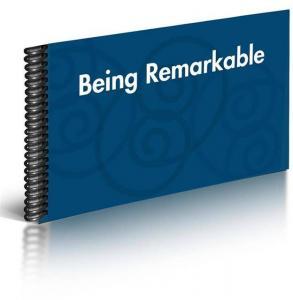 Who doesn’t want to be remarkable? Every one desires attention and recognition. So how do we get it? First of all, we need to understand that being noticed and being remarkable are two different things. People often confuse between these two. If you run naked in streets you will definitely get noticed but you won’t be recognized. What I am saying that it is easy to pull off a stunt in public but it is not necessary that it will accomplish your goal. It is not useful. It is a lame strategy.
Who doesn’t want to be remarkable? Every one desires attention and recognition. So how do we get it? First of all, we need to understand that being noticed and being remarkable are two different things. People often confuse between these two. If you run naked in streets you will definitely get noticed but you won’t be recognized. What I am saying that it is easy to pull off a stunt in public but it is not necessary that it will accomplish your goal. It is not useful. It is a lame strategy. Be limitless. If you are limited to something then you are suppressing your caliber, your ability, your skill. Push your limits. Always remember that sky is my limit. Who has trouble finding a new gig? Not the remarkable minority, that’s for sure. You set your own standards of achievement. You know that you’ve done a good job (or not) and don’t need the verification or otherwise of those around you to tell you so. Yes, you will still enjoy receiving praise and recognition but it’s not going to dampen your motivation if you don’t get it. And a trait of your internal referencing is that you may set yourself exacting standards and put pressure on yourself to achieve perfection in your eyes. The trick is not to mess it up. Ultimately, I think it’s just going to get you that exposure, get you in that door, and get you that recognition that will hopefully get you opportunities. This is a very high form of recognition, but one slip and you’re off the radar once again.
Be limitless. If you are limited to something then you are suppressing your caliber, your ability, your skill. Push your limits. Always remember that sky is my limit. Who has trouble finding a new gig? Not the remarkable minority, that’s for sure. You set your own standards of achievement. You know that you’ve done a good job (or not) and don’t need the verification or otherwise of those around you to tell you so. Yes, you will still enjoy receiving praise and recognition but it’s not going to dampen your motivation if you don’t get it. And a trait of your internal referencing is that you may set yourself exacting standards and put pressure on yourself to achieve perfection in your eyes. The trick is not to mess it up. Ultimately, I think it’s just going to get you that exposure, get you in that door, and get you that recognition that will hopefully get you opportunities. This is a very high form of recognition, but one slip and you’re off the radar once again. We all work really hard, and we do it because we’re passionate. We don’t do it because we’re being rated. However, we’d all be remiss if we didn’t think that some kind of recognition for efforts and accomplishments didn’t make you feel good. If your niche is in a manual, and if it is the accepted wisdom, then it’s boring. It can be found in any book and it is not innovative. Try to be the trend. You may be remarkable today but if you do not re-invent or re-invest, you won’t last long. So don’t settle down on your laurels, you must work hard and keep going.  The only way to grow is to abandon your strategy of doing what you did yesterday, but better. Commit. Be the change you wish to see.
We all work really hard, and we do it because we’re passionate. We don’t do it because we’re being rated. However, we’d all be remiss if we didn’t think that some kind of recognition for efforts and accomplishments didn’t make you feel good. If your niche is in a manual, and if it is the accepted wisdom, then it’s boring. It can be found in any book and it is not innovative. Try to be the trend. You may be remarkable today but if you do not re-invent or re-invest, you won’t last long. So don’t settle down on your laurels, you must work hard and keep going.  The only way to grow is to abandon your strategy of doing what you did yesterday, but better. Commit. Be the change you wish to see.




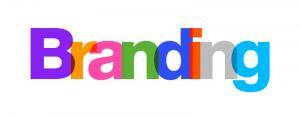 Let’s explore some Key elements to create a Brand:
Let’s explore some Key elements to create a Brand: The brand elements are the senses of a brand. It helps to define a brand. It consists of the core values that a brand stands for. One great way to improve your customer retention is to reward customers for every purchase. Everyone likes to get something extra without paying more money. Once you start building an audience online, encourage your followers to share brand content on your website and social media. User-generated content, which can be anything from product reviews to unboxing videos, builds your brand’s authenticity and provides social proof. When potential customers see real people using and enjoying your product, their confidence in your brand will increase. This strategy can make your brand popular. Give them referral codes. This will even create more visits to
The brand elements are the senses of a brand. It helps to define a brand. It consists of the core values that a brand stands for. One great way to improve your customer retention is to reward customers for every purchase. Everyone likes to get something extra without paying more money. Once you start building an audience online, encourage your followers to share brand content on your website and social media. User-generated content, which can be anything from product reviews to unboxing videos, builds your brand’s authenticity and provides social proof. When potential customers see real people using and enjoying your product, their confidence in your brand will increase. This strategy can make your brand popular. Give them referral codes. This will even create more visits to
 Research your audience: Designing a logo is not just about creating an appealing visual. Like the overall color scheme and design of your site, your logo sets your brand apart from the competition and shows people that you’re a legitimate business. Logos are a critical part of the modern visual landscape. Throw yourself into the brand. Save all your sketches. Research online. Create mind maps or mood boards. Build a board and tear it apart. Stop with the clichés. Know your customer need. Give him/her a variety of different design to think on. Ask your customer about the message he/she want to convey via the logo. Don’t just be a designer – be a good one. Designing an effective logo is not a quick or easy process. What it requires is through research, thought, care and attention to ensure the final logo design targets the correct market and broadcasts the right message. A poorly designed logo will have a negative effect on the perception of your business; however, a carefully designed logo can transform a business by attracting the right people.
Research your audience: Designing a logo is not just about creating an appealing visual. Like the overall color scheme and design of your site, your logo sets your brand apart from the competition and shows people that you’re a legitimate business. Logos are a critical part of the modern visual landscape. Throw yourself into the brand. Save all your sketches. Research online. Create mind maps or mood boards. Build a board and tear it apart. Stop with the clichés. Know your customer need. Give him/her a variety of different design to think on. Ask your customer about the message he/she want to convey via the logo. Don’t just be a designer – be a good one. Designing an effective logo is not a quick or easy process. What it requires is through research, thought, care and attention to ensure the final logo design targets the correct market and broadcasts the right message. A poorly designed logo will have a negative effect on the perception of your business; however, a carefully designed logo can transform a business by attracting the right people. Once the idea has been explored on paper you should begin to work on the designs using software called Adobe Illustrator, which is a vector-based software program, which means the artwork produced is scalable and will never lose quality. You should continue to explore and experiment with the ideas even during this state, to ensure the idea produced is presented in its best possible light. Use vector shapes in Adobe Illustrator CC to create a logo that looks good onscreen and in print. The best part about vector art is that it scales to any size. It can be a small business card or a large billboards vector art can be resized and it will not lose its quality. Try to know about the golden circle ratio. It will help you to get a better understanding of various designs.
Once the idea has been explored on paper you should begin to work on the designs using software called Adobe Illustrator, which is a vector-based software program, which means the artwork produced is scalable and will never lose quality. You should continue to explore and experiment with the ideas even during this state, to ensure the idea produced is presented in its best possible light. Use vector shapes in Adobe Illustrator CC to create a logo that looks good onscreen and in print. The best part about vector art is that it scales to any size. It can be a small business card or a large billboards vector art can be resized and it will not lose its quality. Try to know about the golden circle ratio. It will help you to get a better understanding of various designs. Designing the Idea and presenting: Once designs are ready to present you should create a PDF document which will display the logo designs created, with images of the designs in real life examples, along with supporting notes explaining the decisions made. We only present designs which we are confident in, and will give you my opinion on which you believe will be most suitable for your client’s business. You should leave the final choice to your client, and if there is any possibility of improvement in design, the design could be improved or modified to better meet the objectives, changes can be made where necessary.
Designing the Idea and presenting: Once designs are ready to present you should create a PDF document which will display the logo designs created, with images of the designs in real life examples, along with supporting notes explaining the decisions made. We only present designs which we are confident in, and will give you my opinion on which you believe will be most suitable for your client’s business. You should leave the final choice to your client, and if there is any possibility of improvement in design, the design could be improved or modified to better meet the objectives, changes can be made where necessary.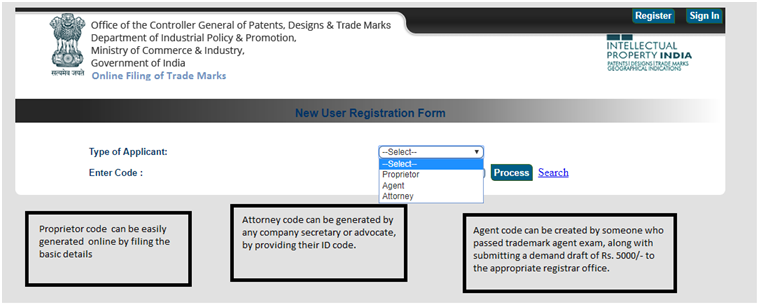
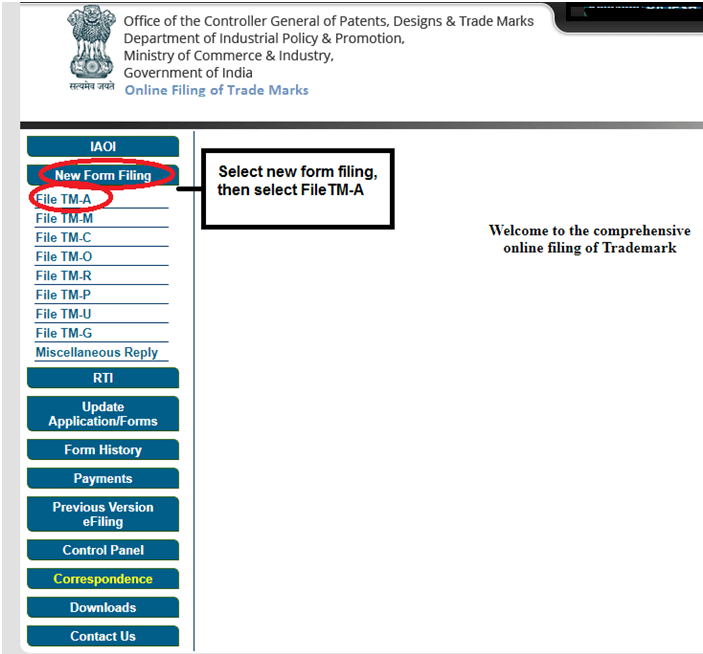
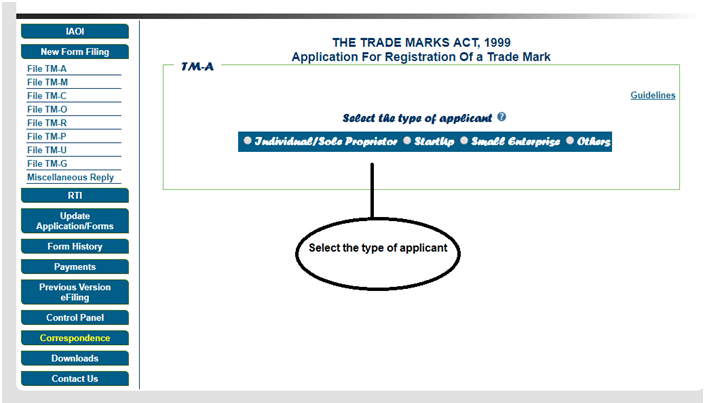
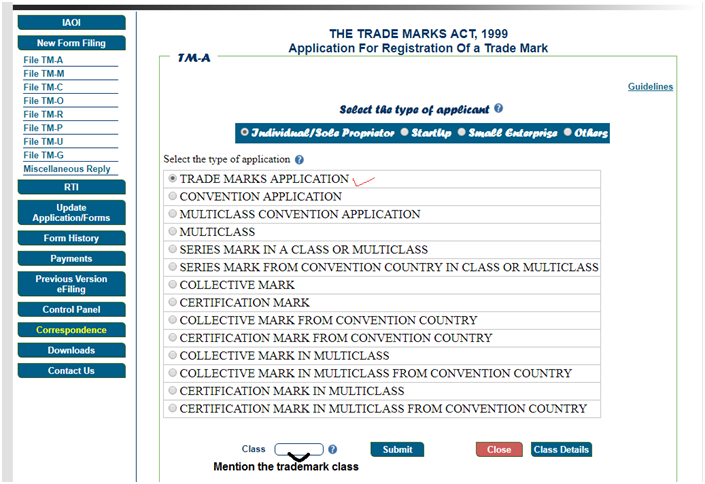
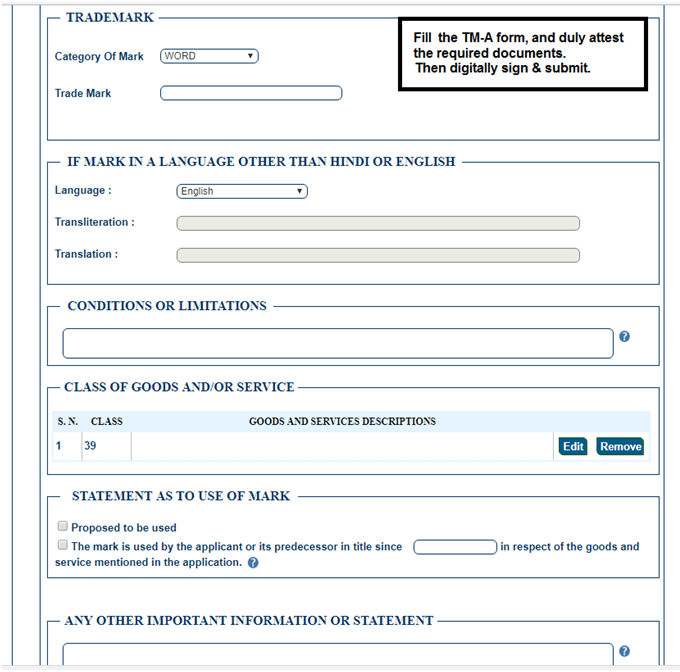
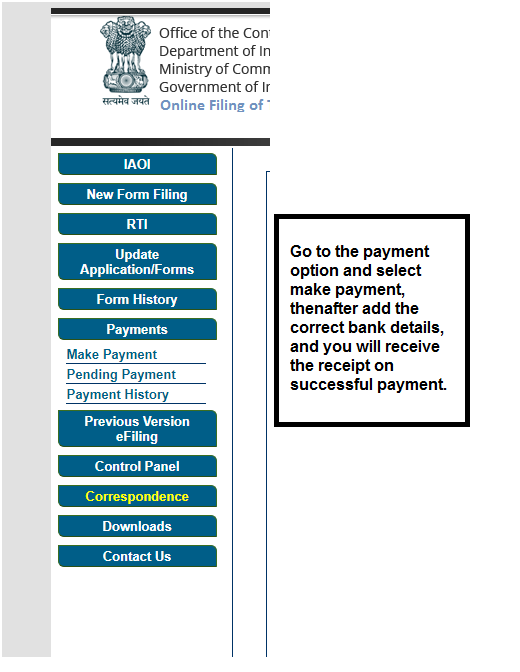




 The more complex story reinforces that ‘’everyone on a team can be a leader’’. The most successful teams create chain reactions of leadership. Adaptation triggers long chains of further adaptations that ultimately solve seemingly impossible problems. Everyone has their different ways of doing this, whether it’s through rewards, allowing more freedom within job roles or getting stuck into the job alongside your employees. Each approach works differently for everyone, but each type of leader has taken time to figure out their style.
The more complex story reinforces that ‘’everyone on a team can be a leader’’. The most successful teams create chain reactions of leadership. Adaptation triggers long chains of further adaptations that ultimately solve seemingly impossible problems. Everyone has their different ways of doing this, whether it’s through rewards, allowing more freedom within job roles or getting stuck into the job alongside your employees. Each approach works differently for everyone, but each type of leader has taken time to figure out their style. Courage is a fickle thing, but incredibly important in a great leader. A leader needs to be able to stand alone, and stand up for what they believe in. Having the courage to do what you believe will work is sometimes one of the hardest things to do. With courage also come determination and patience – the ability to hold firm and not succumb to negativity or the pressure to crumble, and the patience to keep going along a difficult road until they reach the end with their head held high, no matter what the outcome. You should be dedicated in what you believe. A leader is supposed to motivate his followers in a positive direction with a healthy mindset. Always remember that Success is not final, failure is not fatal, it’s the courage to continue pushing that counts. Courage is not having the strength to go on it is going on when you don’t have the strength. Courage is very important factor in leadership. It’s the will to stand against the tide, when the wind is against you and you have to sail in the opposite direction. A leader inspires his people to do the same. Always remember that fear is a reaction and courage is a decision. A great leader knows it and execute when needed. It is always easy to stand in a crowd but it takes courage to stand alone. If you overcome that stage the crowd will follow you eventually.
Courage is a fickle thing, but incredibly important in a great leader. A leader needs to be able to stand alone, and stand up for what they believe in. Having the courage to do what you believe will work is sometimes one of the hardest things to do. With courage also come determination and patience – the ability to hold firm and not succumb to negativity or the pressure to crumble, and the patience to keep going along a difficult road until they reach the end with their head held high, no matter what the outcome. You should be dedicated in what you believe. A leader is supposed to motivate his followers in a positive direction with a healthy mindset. Always remember that Success is not final, failure is not fatal, it’s the courage to continue pushing that counts. Courage is not having the strength to go on it is going on when you don’t have the strength. Courage is very important factor in leadership. It’s the will to stand against the tide, when the wind is against you and you have to sail in the opposite direction. A leader inspires his people to do the same. Always remember that fear is a reaction and courage is a decision. A great leader knows it and execute when needed. It is always easy to stand in a crowd but it takes courage to stand alone. If you overcome that stage the crowd will follow you eventually.
